Home>Technology>Security & Surveillance>How To Unlock Twist Lock Door Handle


Security & Surveillance
How To Unlock Twist Lock Door Handle
Modified: January 5, 2024
Learn how to unlock a twist lock door handle for your security and surveillance needs. Discover step-by-step instructions for gaining access to your property. Unlock your door with ease!
(Many of the links in this article redirect to a specific reviewed product. Your purchase of these products through affiliate links helps to generate commission for Storables.com, at no extra cost. Learn more)
Introduction
Welcome to the comprehensive guide on unlocking a twist lock door handle. Twist lock door handles are a common feature in many homes and buildings, providing a simple and effective way to secure a room or space. However, there are situations where you may need to unlock a twist lock door handle, whether it's due to accidental lock-ins, lost keys, or other unforeseen circumstances. In this guide, we will delve into the process of unlocking a twist lock door handle, providing step-by-step instructions and valuable insights to help you successfully navigate this task.
Whether you're a homeowner, a renter, or a curious DIY enthusiast, understanding how to unlock a twist lock door handle can be a valuable skill. By following the steps outlined in this guide, you can gain the knowledge and confidence to address lock-related issues with ease and precision. Additionally, mastering this process can save you time and money by eliminating the need for professional locksmith services in certain situations.
Throughout this guide, we will explore the inner workings of twist lock door handles, the tools required for the unlocking process, and a detailed breakdown of each step involved. From disassembling the lock mechanism to identifying the locking mechanism and ultimately unlocking the door handle, we will provide clear and actionable guidance to support you every step of the way.
So, whether you find yourself in a lockout predicament or simply seek to expand your knowledge of home security and maintenance, this guide is designed to equip you with the essential know-how to unlock a twist lock door handle effectively and efficiently. Let's embark on this enlightening journey to unravel the secrets of twist lock door handles and empower ourselves with valuable locksmithing skills.
Key Takeaways:
- Unlocking a twist lock door handle requires patience, precision, and the right tools. By understanding the lock’s components and following a methodical approach, you can successfully navigate the unlocking process and restore functionality to the door handle.
- Mastering the skill of unlocking a twist lock door handle empowers homeowners and DIY enthusiasts to address lock-related challenges with confidence. By following the detailed steps and gaining valuable insights, you can save time and resources while fostering a sense of self-sufficiency.
Read more: How To Unlock A Door Lock
Understanding Twist Lock Door Handles
Twist lock door handles, also known as privacy door handles, are commonly found in interior doors, such as those for bedrooms, bathrooms, and home offices. These handles feature a locking mechanism that can be engaged by twisting a button or a small turn piece located on the interior side of the door. When locked, the door handle prevents the door from being opened from the outside, providing privacy and security for the occupants inside.
The design of twist lock door handles typically includes a spring-loaded latch mechanism that keeps the door closed when the handle is turned. When the locking mechanism is activated, the latch extends further into the door frame, preventing the door from being opened without first unlocking the handle.
One key feature of twist lock door handles is their user-friendly operation. Engaging the lock is as simple as twisting the button or turn piece, making it convenient for individuals to secure a room without the need for a key. However, this simplicity can sometimes lead to accidental lock-ins or situations where the locking mechanism needs to be disengaged without the original key.
It’s important to note that while twist lock door handles provide a level of privacy and security, they are not as robust as deadbolt locks commonly used on exterior doors. As such, they may not offer the same level of protection against forced entry attempts. Understanding the limitations of twist lock door handles can help homeowners make informed decisions about their overall home security measures.
By gaining a deeper understanding of how twist lock door handles function and the components involved in their locking mechanisms, individuals can approach the unlocking process with greater confidence and proficiency. In the following sections, we will explore the tools needed and the step-by-step process for unlocking a twist lock door handle, empowering you to address lock-related challenges with ease and competence.
Tools Needed
Before embarking on the task of unlocking a twist lock door handle, it’s essential to gather the necessary tools to facilitate a smooth and efficient process. While the unlocking procedure for twist lock door handles is relatively straightforward, having the right tools at your disposal can significantly contribute to the overall success of the task. Here are the essential tools needed to unlock a twist lock door handle:
- Screwdriver: A screwdriver, typically a Phillips or flat-head type, is indispensable for removing the screws that secure the door handle in place. Depending on the specific design of the door handle, you may need to use a screwdriver to detach the handle from the door, providing access to the internal components.
- Allen Wrench (Hex Key): In some twist lock door handle models, an Allen wrench, also known as a hex key, may be required to remove set screws holding the handle in place. This tool is especially common in modern, minimalist handle designs that feature concealed fastening mechanisms.
- Needle-Nose Pliers: Needle-nose pliers can be useful for manipulating small components within the lock mechanism, especially when disassembling and reassembling the internal parts of the door handle. Their slim, elongated jaws enable precise handling of tiny parts during the unlocking process.
- Flat Blade Tool: A flat blade tool, such as a putty knife or a thin metal spatula, can aid in prying open the cover plate or escutcheon of the door handle, providing access to the screws and internal components. This tool is particularly helpful when dealing with handles with concealed fasteners.
- Flashlight: A flashlight can be instrumental in illuminating the interior components of the door handle assembly, especially in low-light conditions or when working in dimly lit areas. Proper illumination can enhance visibility and precision during the unlocking process.
By ensuring that these essential tools are readily available before initiating the unlocking process, you can streamline the procedure and mitigate potential challenges that may arise during the task. With the right tools in hand, you’ll be well-equipped to tackle the subsequent steps involved in unlocking a twist lock door handle with confidence and efficiency.
Step 1: Remove the Door Handle
Before delving into the intricate process of unlocking a twist lock door handle, the initial step involves removing the door handle to gain access to the internal locking mechanism. This step is crucial for effectively disassembling and identifying the components that enable the locking function. Follow these detailed instructions to successfully remove the door handle:
- Locate the Set Screws: Inspect the door handle for set screws, which are small screws typically located on the base of the handle or beneath a decorative cover plate. Depending on the handle design, there may be one or more set screws securing the handle in place.
- Use the Appropriate Tool: Once the set screws are located, use the appropriate tool, such as a screwdriver or an Allen wrench (hex key), to loosen and remove them. Ensure that the tool fits securely into the screw head to prevent slippage and potential damage to the screw.
- Detach the Handle: With the set screws removed, gently grasp the door handle and proceed to detach it from the door. Depending on the handle type, you may need to exert a slight pulling motion or rotate the handle to release it from the spindle or mounting plate.
- Remove the Cover Plate (If Applicable): In some handle designs, a cover plate or escutcheon conceals the screws and internal components. If present, carefully pry open or unscrew the cover plate to expose the screws and additional elements underneath.
- Set Aside the Components: As you disassemble the door handle, set aside the removed components, including the handle, set screws, cover plate, and any accompanying hardware, in a safe and easily accessible location. This organization can prevent misplacement and facilitate the reassembly process later on.
By meticulously following these steps to remove the door handle, you can effectively prepare the door for the subsequent stages of the unlocking process. With the handle removed, you’ll be well-positioned to proceed with disassembling the lock mechanism and identifying the specific components that govern the twist lock function.
Step 2: Disassemble the Lock Mechanism
After successfully removing the door handle, the next critical step in unlocking a twist lock door handle involves disassembling the lock mechanism to gain a clear understanding of its internal components and operation. This disassembly process is pivotal for identifying the specific parts responsible for the locking function and preparing for the subsequent steps in the unlocking procedure. Follow these comprehensive instructions to effectively disassemble the lock mechanism:
- Inspect the Internal Assembly: With the door handle removed, visually inspect the exposed internal assembly of the lock mechanism. Take note of the various components, including the latch, spindle, locking mechanism, and any associated screws or fasteners.
- Identify Retaining Screws or Fasteners: Locate any retaining screws or fasteners that secure the internal components of the lock mechanism in place. These screws may hold the outer and inner chassis of the handle together, as well as secure the latch and other critical elements.
- Use the Appropriate Tools: Utilize the necessary tools, such as a screwdriver or needle-nose pliers, to carefully remove the retaining screws or fasteners. Exercise caution to prevent misplacement of the screws and to avoid causing damage to the surrounding components.
- Separate the Chassis and Components: Once the retaining screws or fasteners are removed, gently separate the outer and inner chassis of the handle to reveal the internal components of the lock mechanism. Take care not to force the separation, as some components may be interconnected and require delicate handling.
- Organize and Document the Components: As you disassemble the lock mechanism, organize and document the individual components, including the latch, spindle, locking mechanism, and any associated screws or fasteners. This systematic approach can aid in maintaining an accurate record of the disassembly process and facilitate the subsequent reassembly steps.
By meticulously following these steps to disassemble the lock mechanism, you can gain valuable insights into the intricate workings of the twist lock door handle and prepare for the subsequent stages of identifying and addressing the locking mechanism. This thorough understanding of the internal components is essential for successfully unlocking the twist lock door handle and resolving any related issues with precision and confidence.
To unlock a twist lock door handle, simply twist the handle in the opposite direction of the locked position. If it’s still not unlocking, try applying some lubricant to the mechanism to help it turn more easily.
Read more: How To Lock A Door Handle
Step 3: Identify the Locking Mechanism
Once the lock mechanism has been disassembled, the next crucial step in unlocking a twist lock door handle is to identify the specific components that constitute the locking mechanism. This process is essential for gaining a comprehensive understanding of how the lock functions and pinpointing the elements that need to be manipulated to facilitate unlocking. Follow these detailed instructions to effectively identify the locking mechanism:
- Examine the Internal Components: Carefully inspect the disassembled components of the lock mechanism, paying close attention to the arrangement and interaction of the various parts. Identify the latch, spindle, locking mechanism, and any additional components that contribute to the operation of the twist lock.
- Focus on the Locking Mechanism: Direct your attention to the specific elements responsible for the locking function. This may include a twistable button, turn piece, or other mechanisms that engage and disengage the lock. Take note of how these components interact with the rest of the lock assembly.
- Observe the Latch Operation: Gain a clear understanding of how the latch operates within the lock mechanism. Note the position and movement of the latch when the handle is turned to engage or disengage the lock. Understanding the behavior of the latch is crucial for manipulating it during the unlocking process.
- Identify Manipulable Components: Identify any components that can be manipulated or adjusted to influence the locking mechanism. This may involve examining the internal structure of the twist lock handle to discern the points at which external force or manipulation can be applied to release the lock.
- Document and Plan: Document your observations and findings regarding the locking mechanism, noting any critical details or insights that may aid in the subsequent unlocking process. Formulate a plan based on your understanding of the lock’s operation and the identified manipulable components.
By meticulously following these steps to identify the locking mechanism, you can acquire a comprehensive grasp of the internal components governing the twist lock door handle’s locking function. This in-depth understanding is instrumental for devising a strategic approach to unlocking the door handle and successfully addressing any lock-related challenges with precision and confidence.
Step 4: Unlocking the Twist Lock Door Handle
With a clear understanding of the lock mechanism and its components, you are now prepared to embark on the process of unlocking the twist lock door handle. This pivotal step involves applying strategic maneuvers to manipulate the internal components and release the locking mechanism, allowing the door handle to be opened from the outside. Follow these detailed instructions to effectively unlock the twist lock door handle:
- Engage the Manipulable Components: Based on your earlier observations and identification of manipulable components within the lock mechanism, apply targeted manipulation to these elements to influence the locking function. This may involve rotating a twistable button, adjusting a turn piece, or exerting pressure at specific points to release the lock.
- Coordinate Latch Movement: Simultaneously coordinate the movement of the latch within the lock mechanism as you engage the manipulable components. By aligning the manipulation with the intended movement of the latch, you can facilitate the disengagement of the lock and create the conditions for unlocking the door handle.
- Exercise Patience and Precision: Exercise patience and precision as you manipulate the components, ensuring that the movements are deliberate and controlled. Avoid applying excessive force that could potentially damage the internal components or compromise the functionality of the door handle.
- Monitor Lock Response: Continuously monitor the response of the lock mechanism to your manipulations, observing any subtle changes or indications that the locking function is being influenced. Pay attention to the behavior of the twist lock components and the corresponding movement of the latch.
- Verify Unlocking: Once you perceive a shift in the locking mechanism’s response or the movement of the latch, verify that the twist lock door handle has been successfully unlocked. Test the handle’s operation to confirm that it can be turned and the door can be opened from the outside.
By meticulously following these steps to unlock the twist lock door handle, you can leverage your understanding of the lock mechanism and the strategic manipulation of its components to achieve a successful unlocking outcome. This methodical approach empowers you to address lock-related challenges with precision and confidence, ensuring that the door handle can be effectively unlocked when needed.
Step 5: Reassemble the Lock Mechanism
After successfully unlocking the twist lock door handle, the final step involves reassembling the lock mechanism to restore the door handle to its fully functional state. This critical phase ensures that the internal components are securely integrated and the handle operates smoothly and reliably. Follow these comprehensive instructions to effectively reassemble the lock mechanism:
- Retrieve Disassembled Components: Gather the components that were previously removed during the disassembly process, including the latch, spindle, locking mechanism, and any associated screws or fasteners. Ensure that all components are accounted for and readily accessible.
- Align and Integrate Components: Carefully align and integrate the individual components, ensuring that the latch, spindle, and other elements fit securely within the outer and inner chassis of the door handle. Verify that the components are positioned correctly to facilitate smooth operation.
- Secure Retaining Screws or Fasteners: Utilize the appropriate tools to reattach the retaining screws or fasteners that secure the internal components in place. Exercise caution to avoid overtightening the screws, as this could impede the movement of the components or cause damage to the assembly.
- Reattach the Door Handle: Position the door handle back onto the spindle or mounting plate, ensuring that it aligns with the spindle and operates smoothly. If set screws were removed during the initial disassembly, reinsert and tighten them to secure the handle in place.
- Replace Cover Plate (If Applicable): If the door handle features a cover plate or escutcheon, reattach it to conceal the internal components and secure it in place using the corresponding fasteners or attachment mechanisms.
By meticulously following these steps to reassemble the lock mechanism, you can ensure that the twist lock door handle is restored to its optimal functionality following the unlocking process. This meticulous approach to reassembly safeguards the smooth operation of the door handle and provides peace of mind, knowing that the lock mechanism has been securely reinstated.
Conclusion
Congratulations! You have successfully navigated the process of unlocking a twist lock door handle, gaining valuable insights into the intricate workings of the lock mechanism and empowering yourself with the skills to address lock-related challenges with confidence and precision. By following the comprehensive steps outlined in this guide, you have acquired the knowledge and proficiency to effectively unlock a twist lock door handle when the need arises.
Throughout this journey, you have delved into the inner components of the door handle, identified the locking mechanism, and strategically manipulated its elements to achieve a successful unlocking outcome. Your meticulous approach to disassembly, identification, and manipulation has not only facilitated the resolution of the lock-related issue but also enhanced your understanding of home security and maintenance.
As you reflect on this experience, remember that the ability to unlock a twist lock door handle is a valuable skill that can contribute to your self-sufficiency as a homeowner or DIY enthusiast. By equipping yourself with the essential know-how to address lock-related challenges, you can save time and resources while fostering a sense of empowerment and capability in maintaining your living space.
It’s important to approach lock-related tasks with patience, precision, and a methodical mindset, ensuring that each step is executed with care and attention to detail. Whether you encountered a lockout situation, sought to enhance your locksmithing skills, or simply embarked on a journey of exploration, your dedication to mastering the process of unlocking a twist lock door handle is commendable.
As you reassemble the lock mechanism and restore the door handle to its fully functional state, take pride in your accomplishment and the newfound expertise you have acquired. Your proactive approach to addressing lock-related challenges serves as a testament to your resourcefulness and determination to overcome obstacles effectively and independently.
With this knowledge in hand, you are well-prepared to navigate future lock-related scenarios with confidence, knowing that you possess the skills and insights to unlock a twist lock door handle with ease and proficiency. Embrace this newfound capability as a testament to your ongoing commitment to mastering essential home maintenance skills and enhancing your self-reliance in various practical endeavors.
Frequently Asked Questions about How To Unlock Twist Lock Door Handle
Was this page helpful?
At Storables.com, we guarantee accurate and reliable information. Our content, validated by Expert Board Contributors, is crafted following stringent Editorial Policies. We're committed to providing you with well-researched, expert-backed insights for all your informational needs.
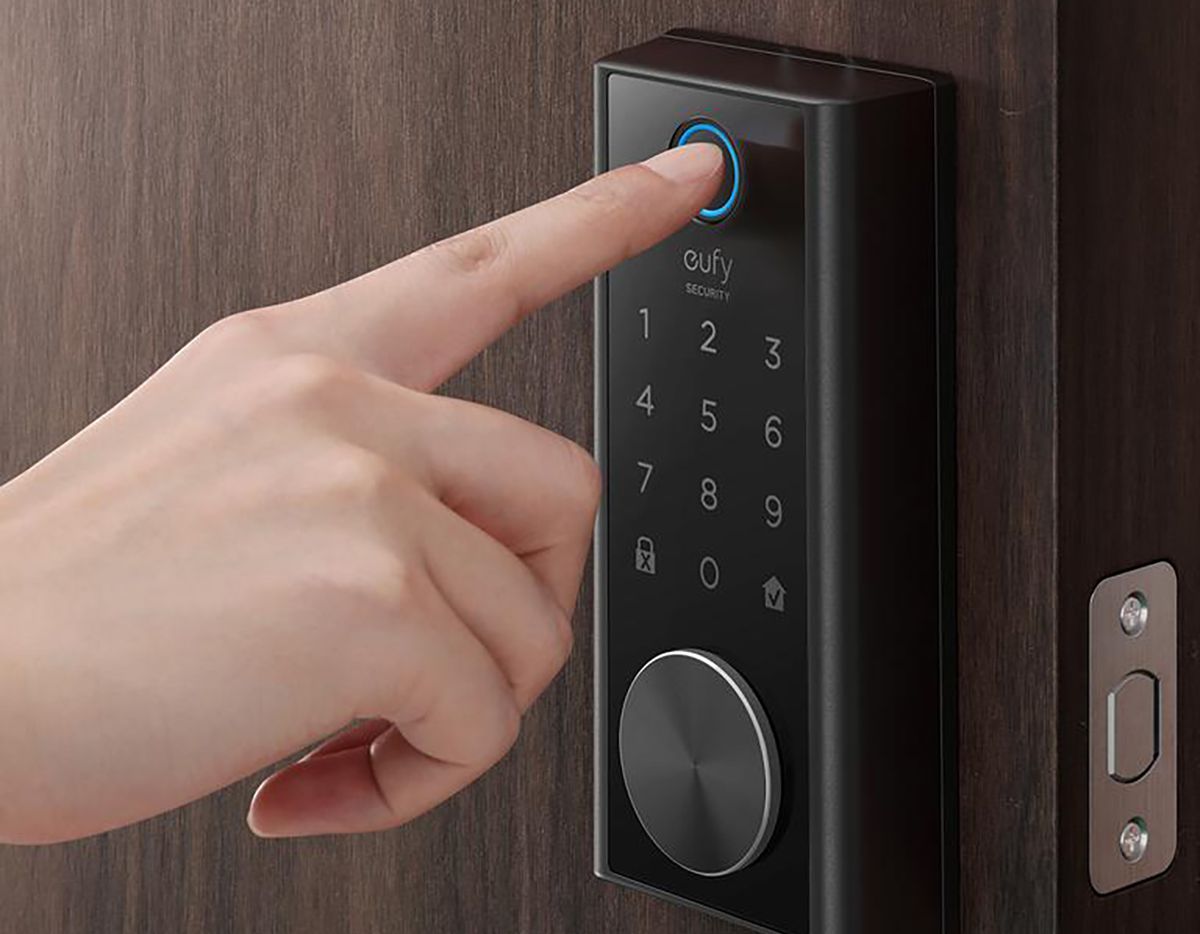
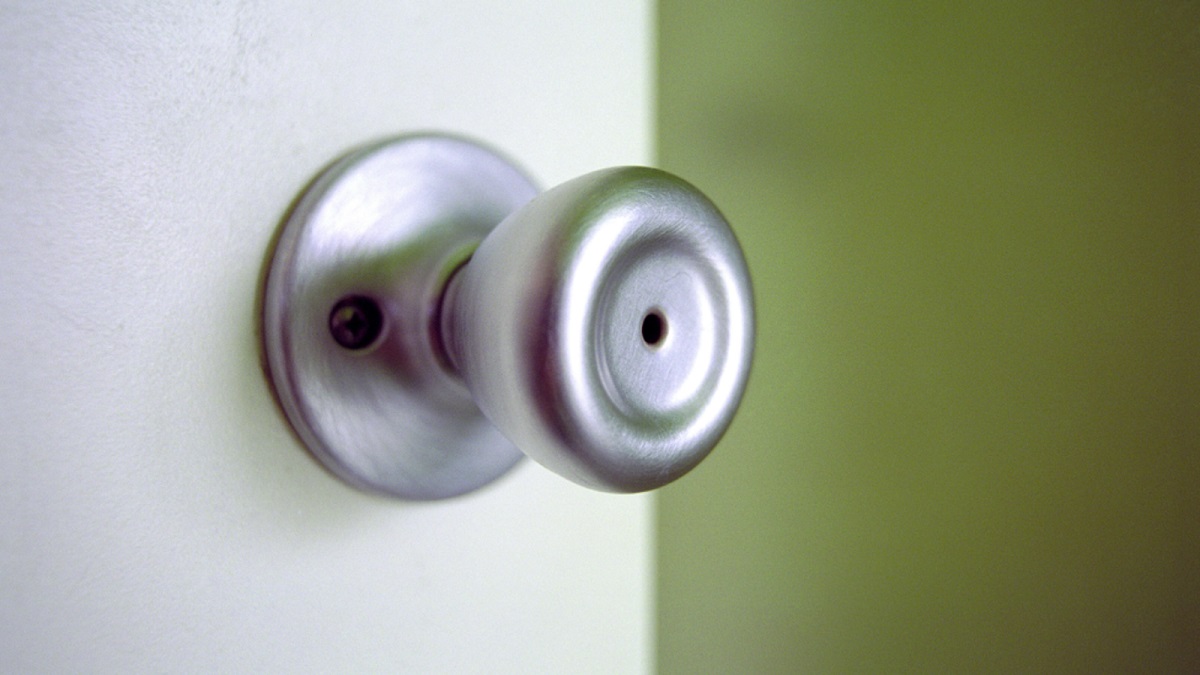
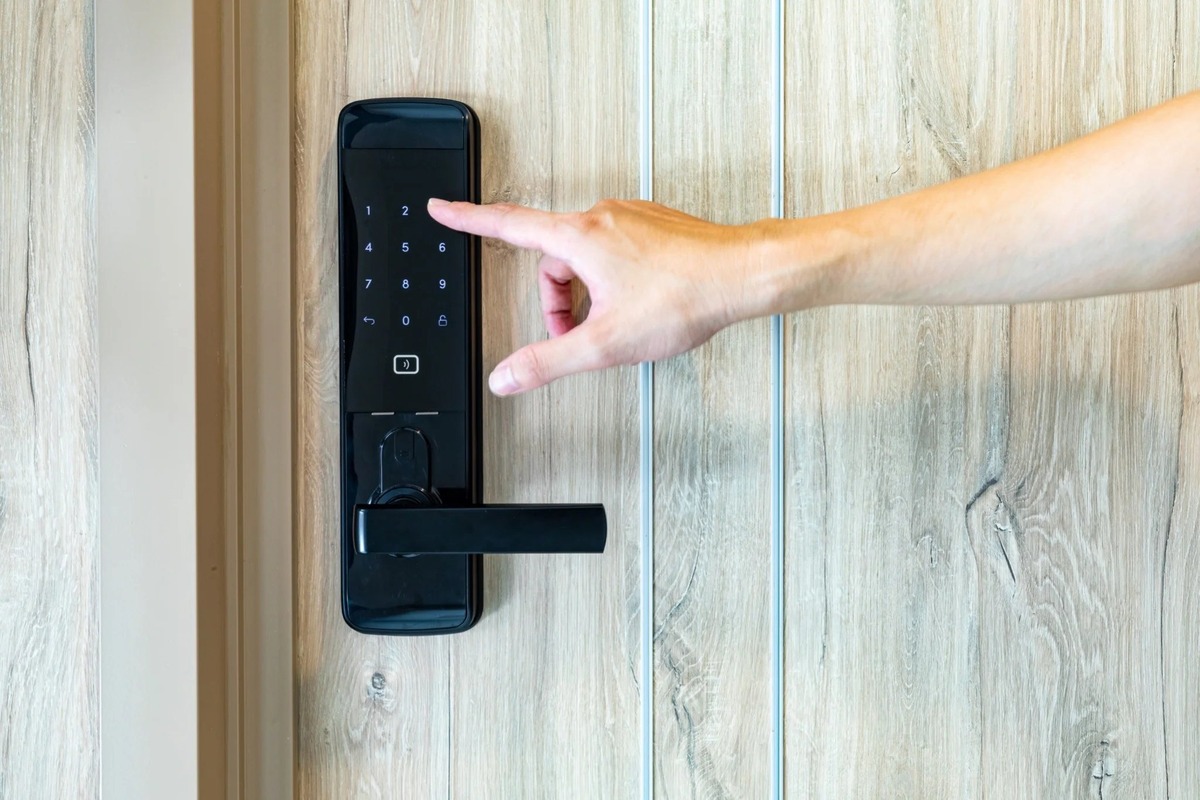
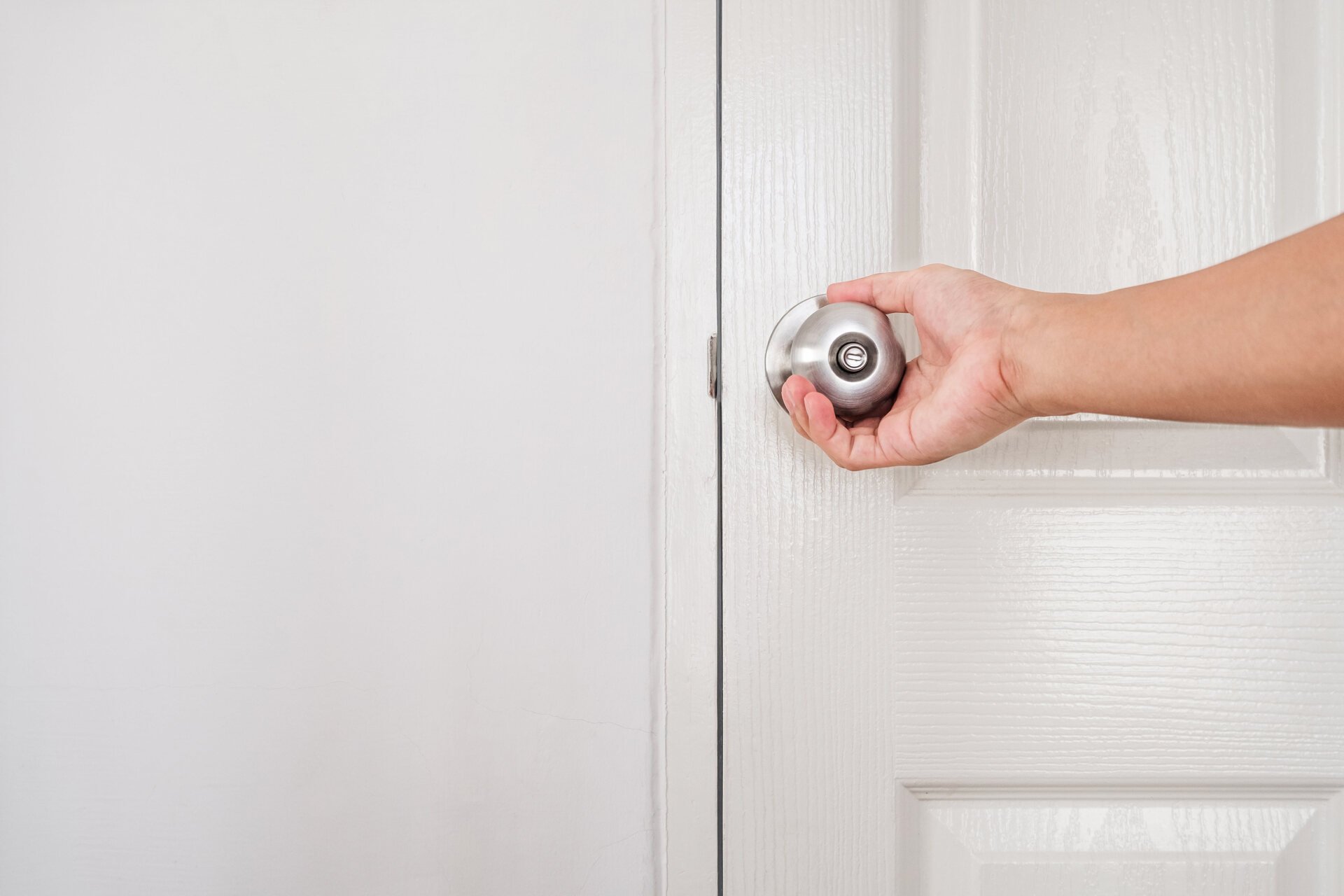
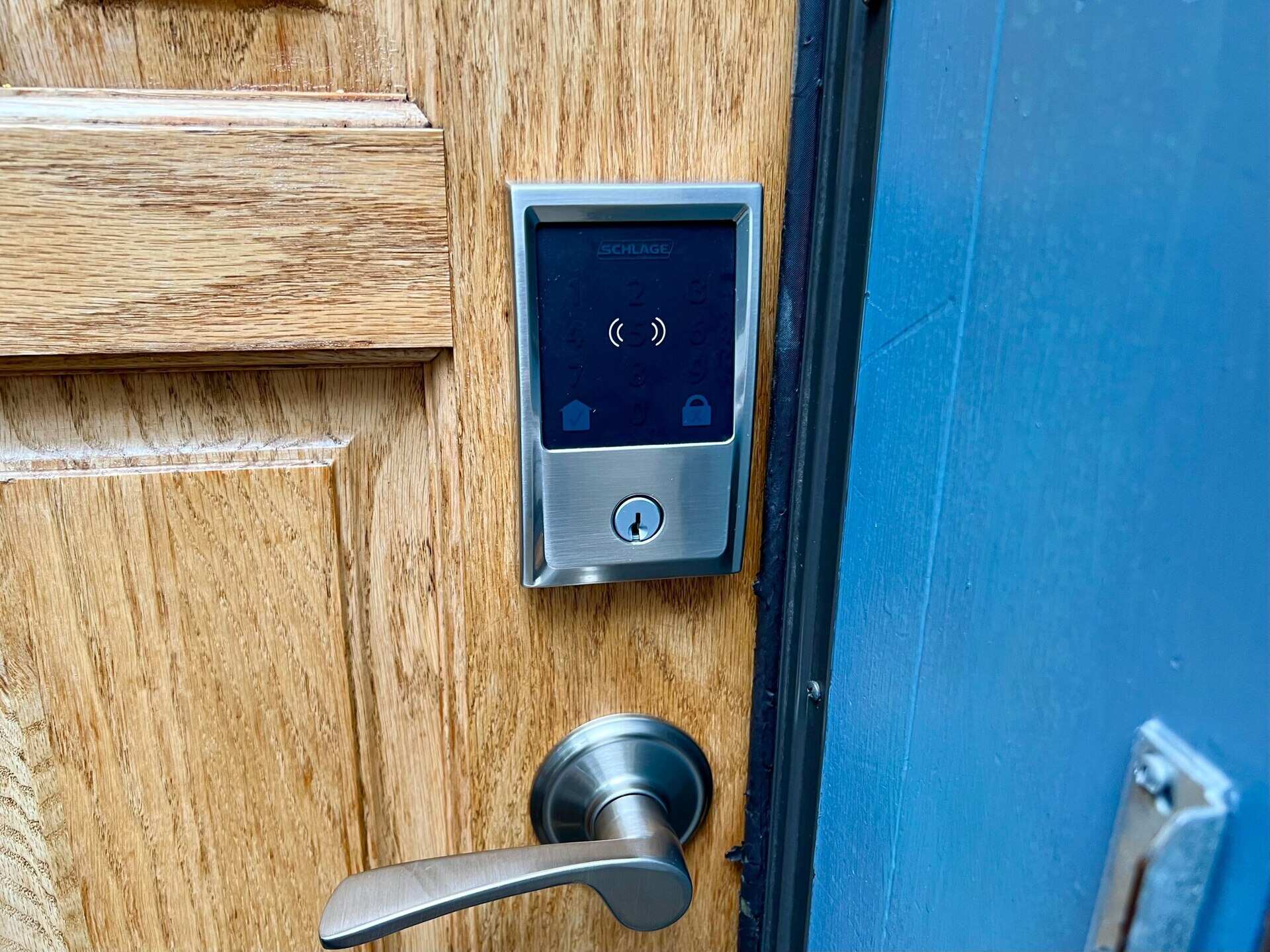
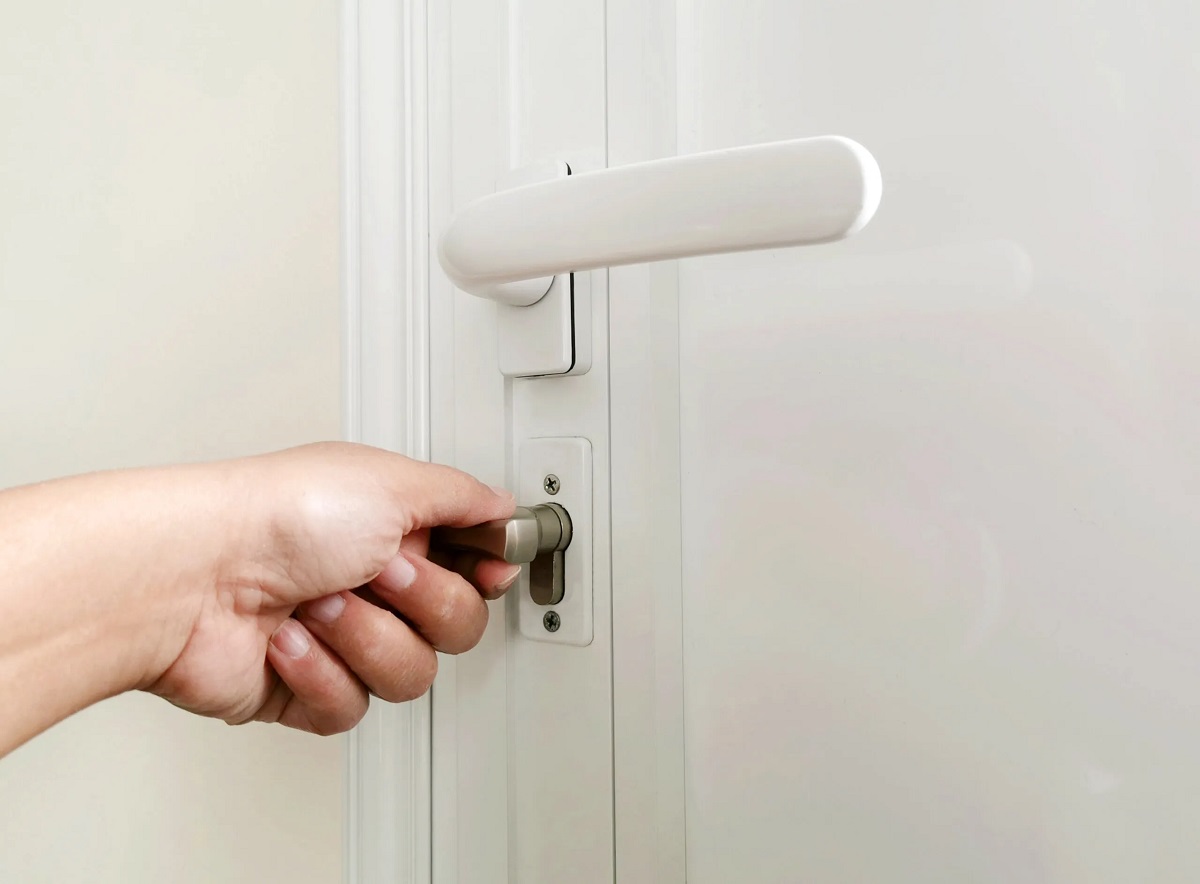
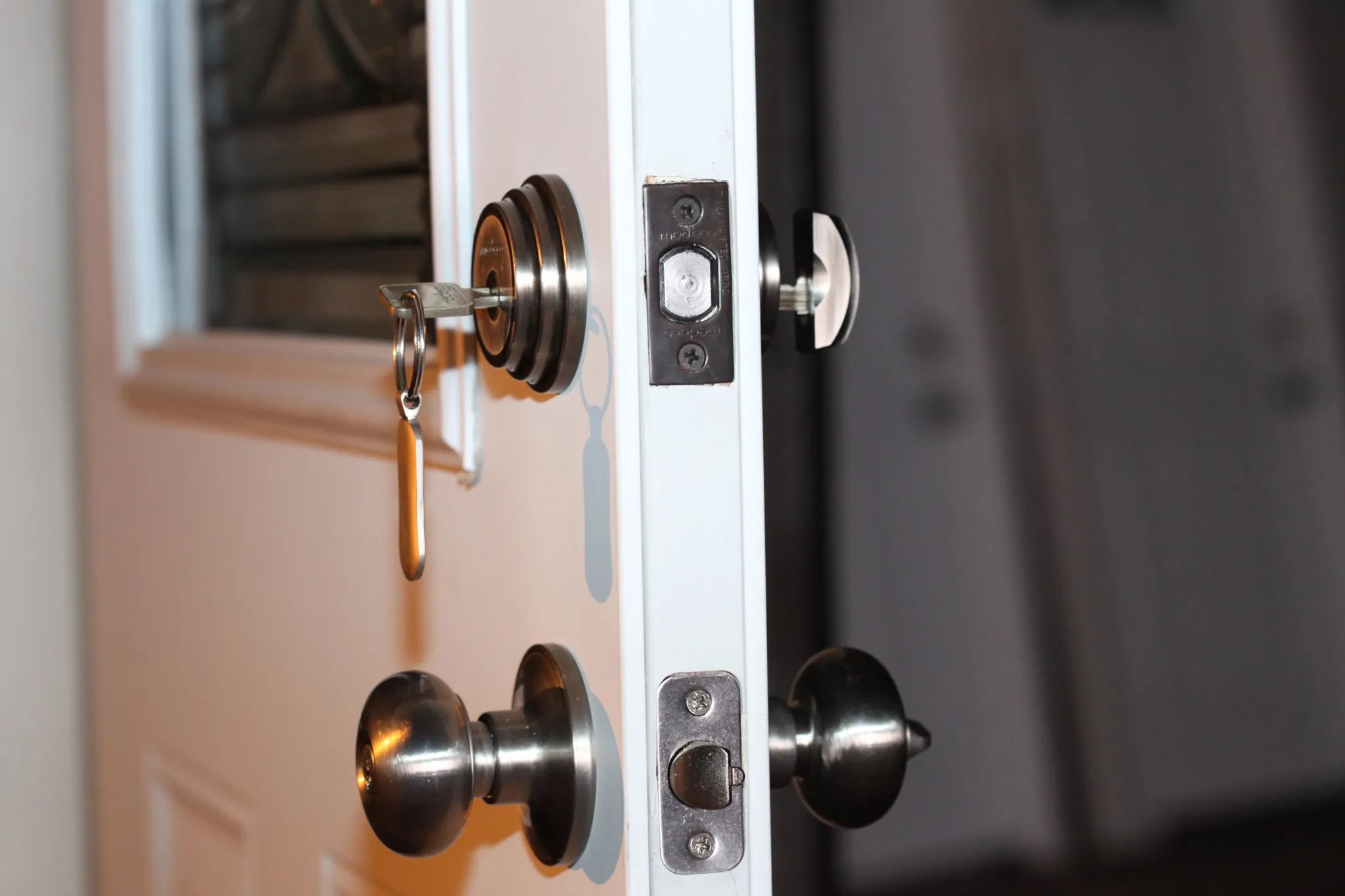
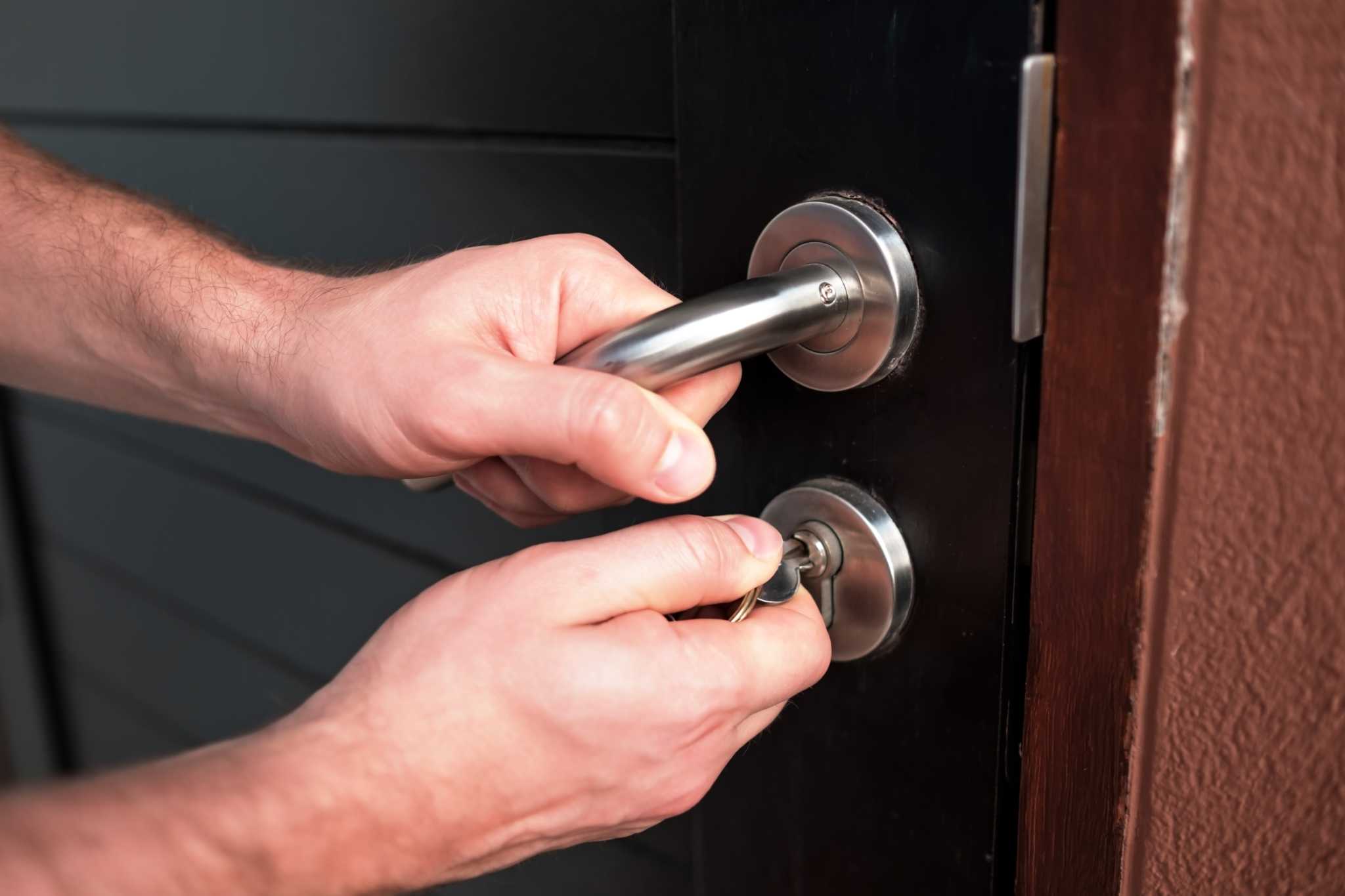
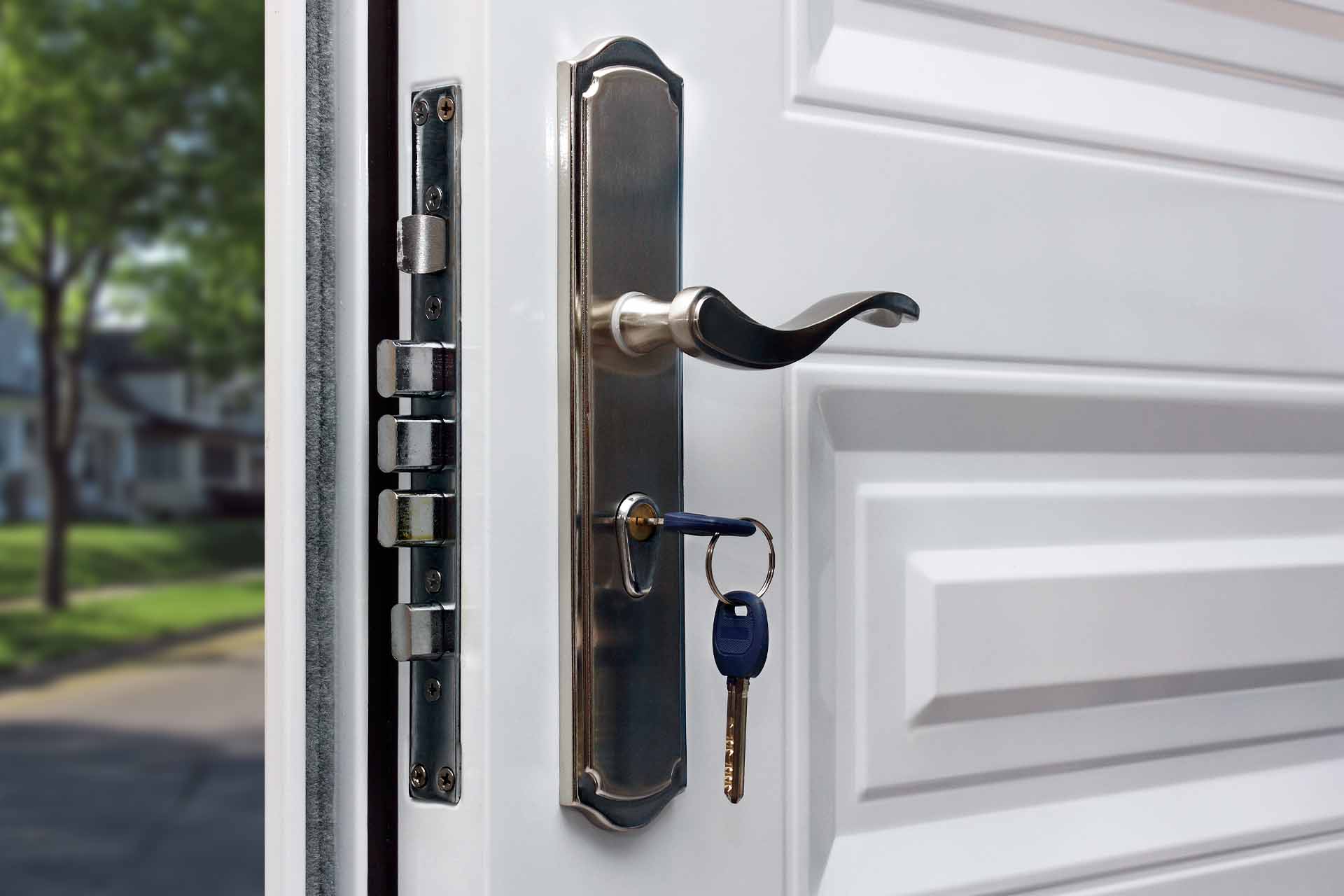
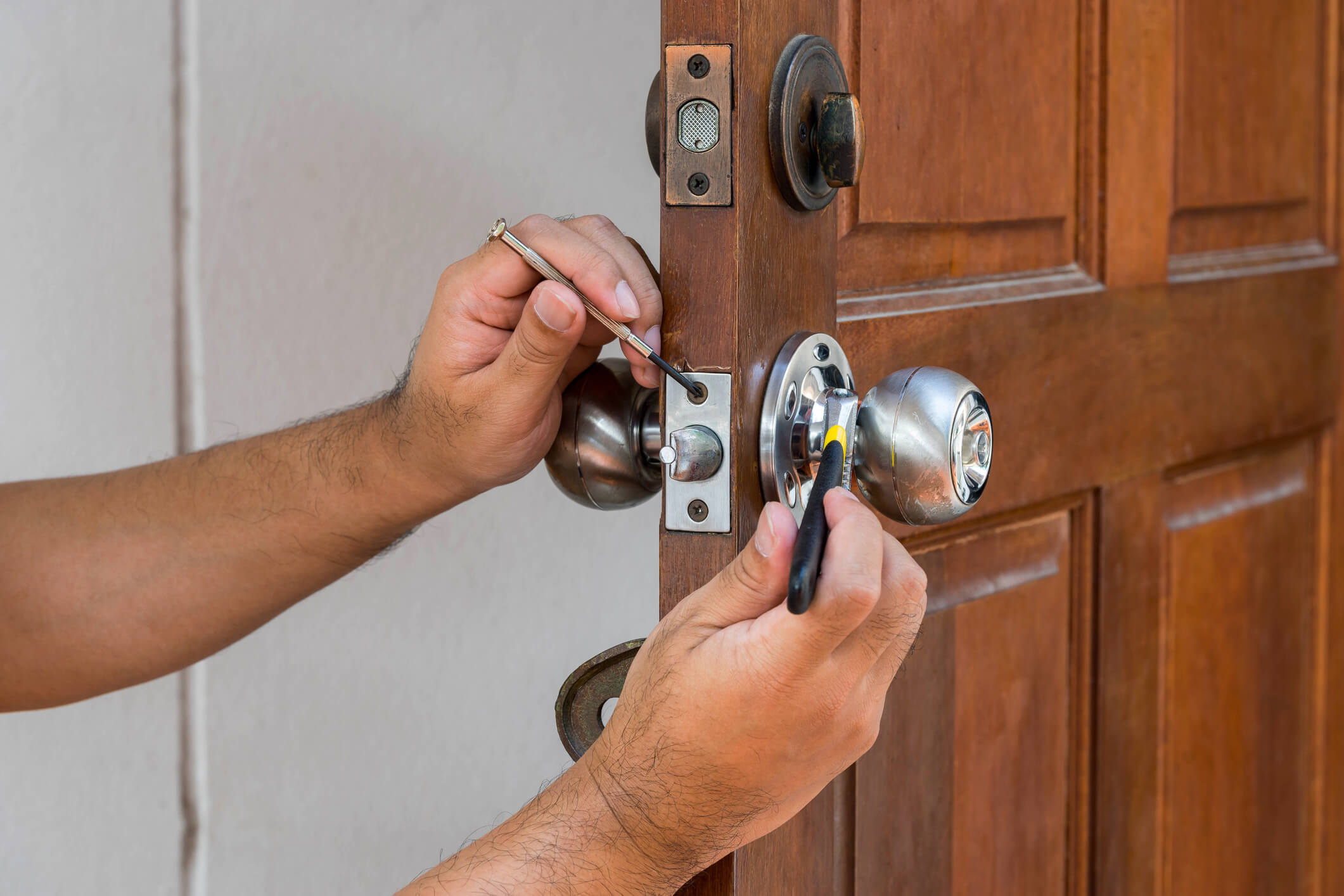

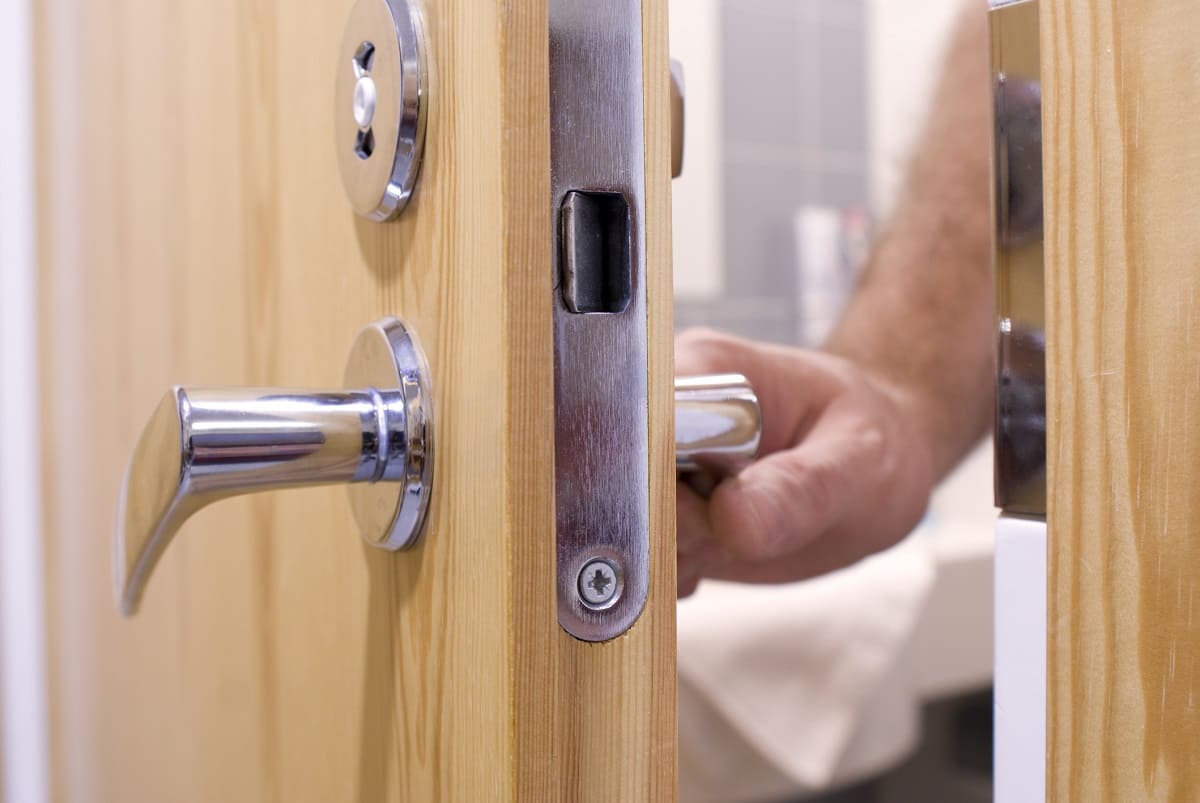
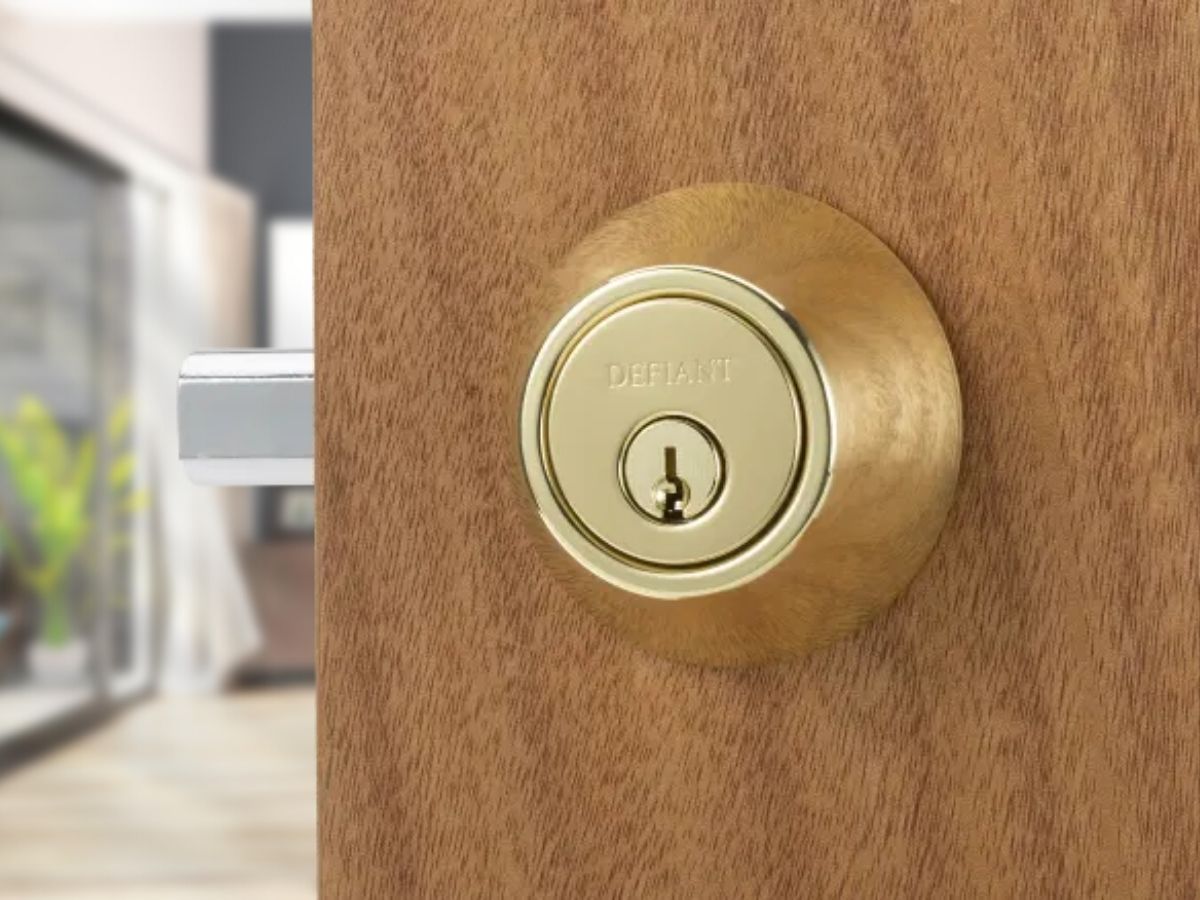
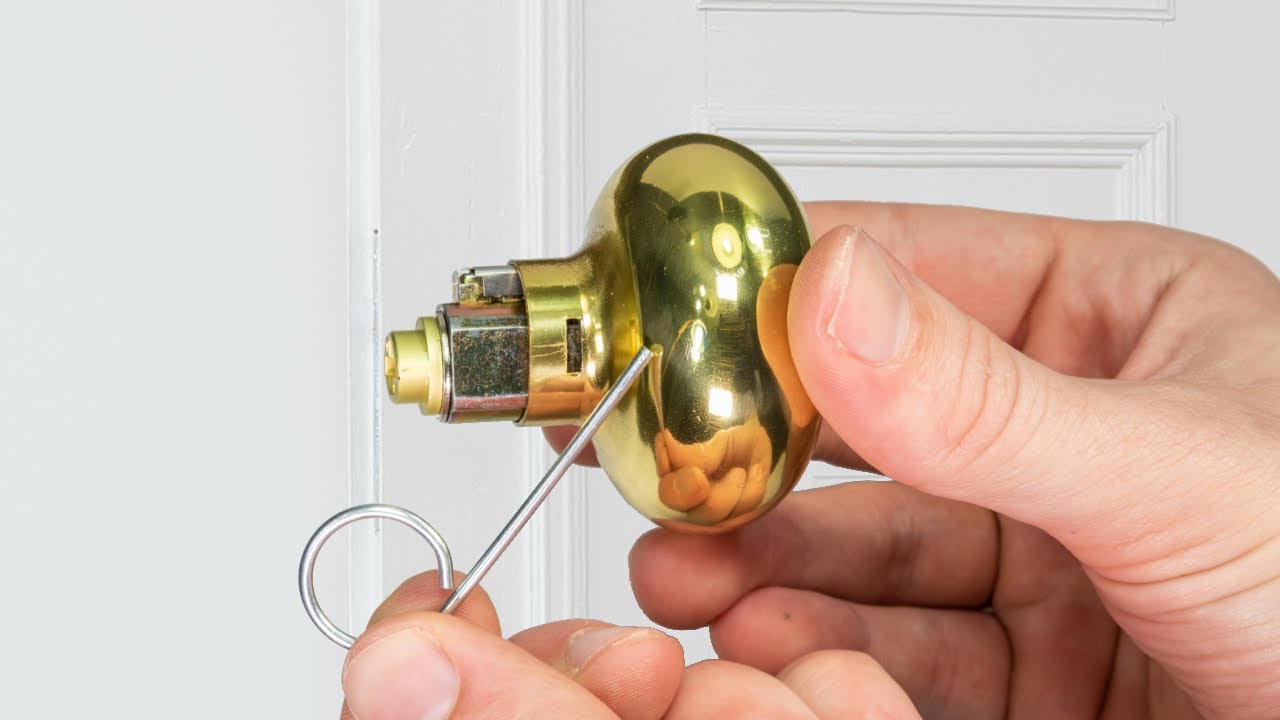

0 thoughts on “How To Unlock Twist Lock Door Handle”